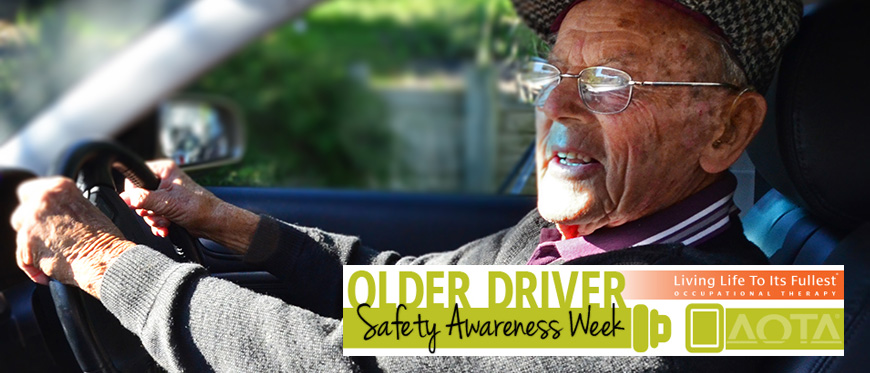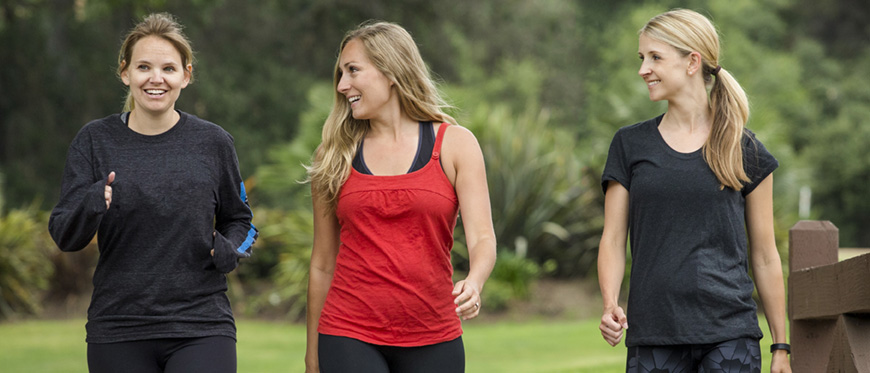Each year, almost 800,000 strokes occur in the United States. Someone dies from stroke every four minutes, making it the fourth leading cause of death in the United States. Knowing the signs of stroke, how to prevent it, and how to help others around you, just might save a life.
May Is National Stroke Awareness Month
- National Stroke Association
- Million Hearts™ , a national initiative to prevent 1 million heart attacks and strokes over 5 years.
- Center for Disease Control and Prevention
A cerebrovascular accident (CVA), better known as “stroke” is a type of brain injury that is caused by either a lack of blood flow to an area of the brain (ischemic stroke) or by bleeding in the brain (hemorrhagic stroke).
Although many people think of stroke as a condition that affects only older adults, strokes can and do occur in people of all ages. In fact, nearly a quarter of all strokes occur in people younger than age 65, and more women than men die from stroke.
Knowing Your Risk Factors
Knowledge is power. Knowing your risk factors can help you reduce your chances of having a stroke.
- Age: While a stroke can happen to anyone at any time, after the age of 55, stroke risk doubles for every decade a person is alive.
- Heredity: Your stroke risk increases if a family member (parent, grandparent, or sibling) has had a stroke or a heart attack at an early age.
- Gender: Women experience more strokes each year than men, mainly because women live longer than men and stroke occurs more often at older ages.
- Race: African Americans have twice the risk of stroke, partially because they are more susceptible to high blood pressure, diabetes, and obesity. Hispanic and Asian/Pacific Islanders also have higher risk of stroke than Caucasians.
- Lifestyle Factors: Poor diet and nutrition, the lack of physical activity, tobacco and alcohol use can all increase your risk of stroke.
- Medical Risk Factors: High blood pressure, atrial fibrillation (AFib), high cholesterol, diabetes and circulation problems are all or medical risk factors.
Preventing a Stroke
The good news is that no matter what your risk factors, 80% of strokes are preventable and it is possible for you to take control of your health and reduce your risk.
You can help prevent stroke by making the following choices for living a healthy lifestyle and managing any health conditions you may have:
- Keep your blood pressure under control
- Manage your cholesterol
- Quit smoking (Get help at 1-800-QUIT-NOW)
- Exercise regularly
- Eat a healthy diet that’s low in sodium.
- Maintain a healthy weight
- Prevent or control diabetes
- Limit your alcohol intake (fewer than two drinks per day for men, or one drink per day for women)
Recognizing the Signs of Stroke
When responding to a stroke, every minute counts. Appropriate treatment can be more effective if given quickly.
The most common stroke symptoms are:
- Sudden numbness or weakness of face, arm or leg, especially on one side of the body
- Sudden confusion, trouble speaking or understanding
- Sudden trouble seeing in one or both eyes
- Sudden trouble walking, dizziness, loss of balance or coordination
- Sudden severe headache with no known cause
If you see someone having these symptoms or experience any of these symptoms yourself, call 9-1-1 immediately.
Article Sources:
- National Stroke Association
- Million Hearts™ , a national initiative to prevent 1 million heart attacks and strokes over 5 years.
- Center for Disease Control and Prevention
This article is co-authored by Danielle Kent, MS, CCC-SLP.
Learn more about how rehabilitation therapy can help you recover from a stroke.





